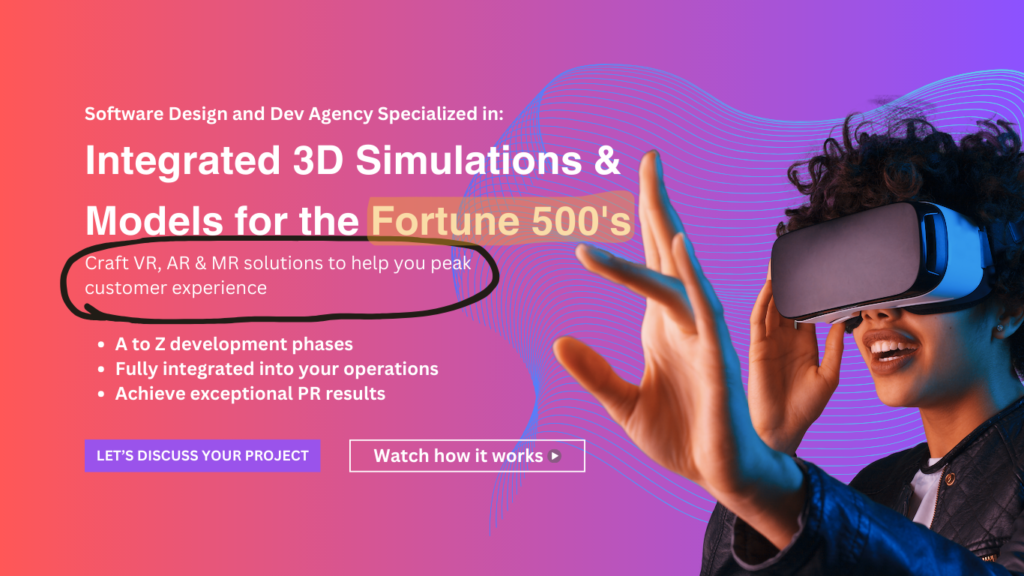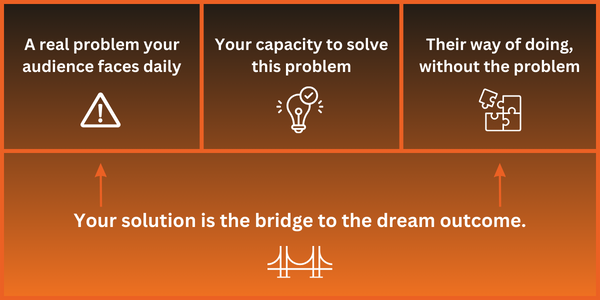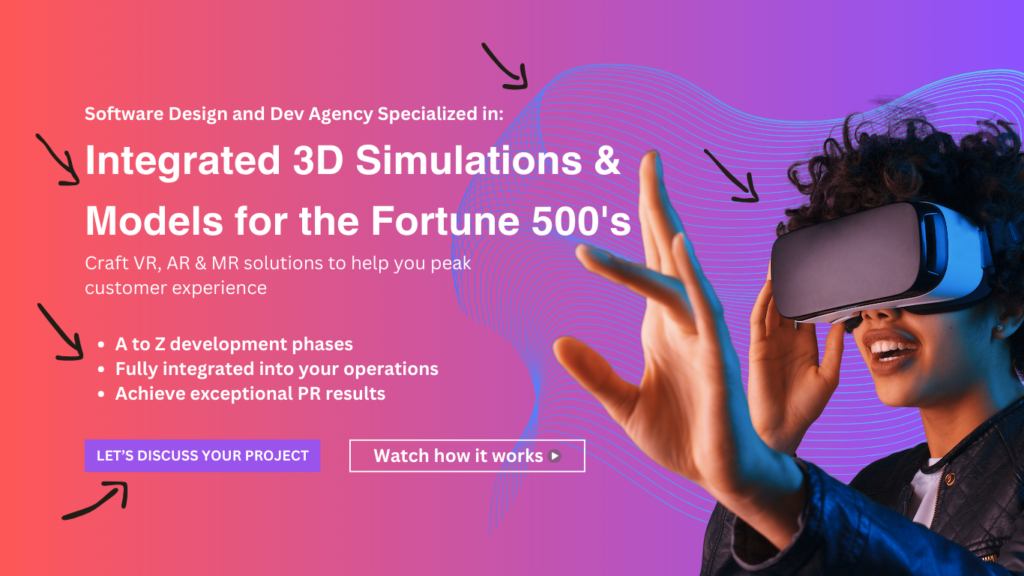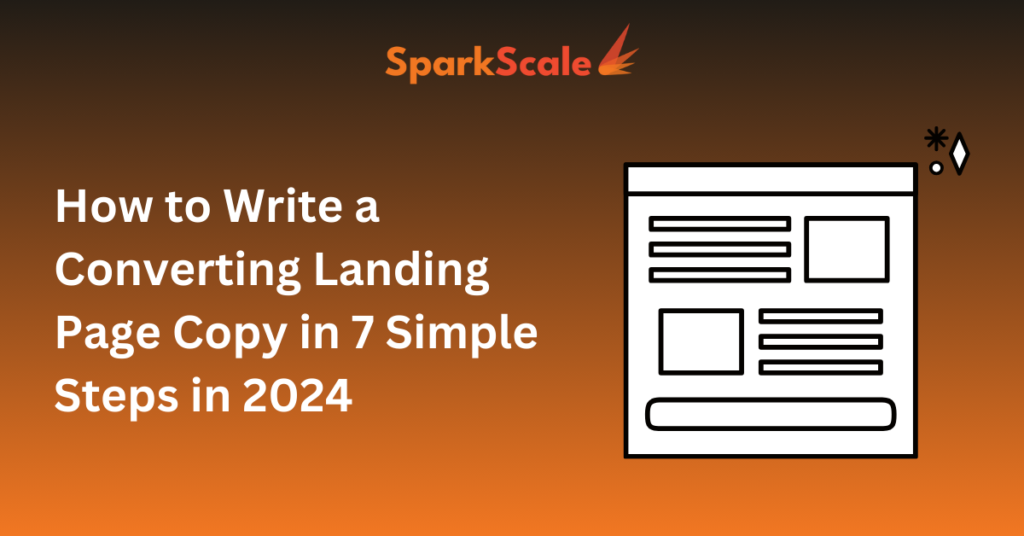How to Write a Converting Landing Page Copy in 7 Simple Steps
A Good Landing Page Copy is key to Convert a User into a Customer
Crafting a compelling landing page is crucial for converting visitors into customers. Whether you’re promoting a product, service, or offer, the landing page copy plays a pivotal role in driving conversions. In this guide, we’ll take you through a 7-step process to help you create an effective landing page that resonates with your audience and encourages action.
Step 1: Ask the Right Questions
Begin by understanding your audience and their needs. Ask yourself:
- Who is the target audience of the page?
- What problem does the page address?
- What is the objective of this page?
- What will be the source of traffic for this page?
- Where in the sales funnel is this page positioned?
- What is the main message of this page?
- What metrics will you use to measure the success of this page?
For example, take a software development firm or agency that develops AR and VR solutions for Fortune 500 companies. Their goal is to attract more booked calls to their landing page from a LinkedIn ad they published.
Here’s an example of a BAD landing page header copy.

In the example above, the target audience is not specified, therefore we cannot assume which problem this page addresses.
In addition, the CTA for “contact us” does not specify the objective of the page, nor does “learn more” which does not tell us where it takes us to.
The headline is vague and uses general words such as “immersive experiences” so word your hero section carefully.
If you had 1$ budget, you should spend 80 cents on your headline.
Here’s an example of a GOOD landing page header copy.

This landing page header is an example of how you should break down your text and elements to produce a comprehensive page structure.
It tells you what the company offers (develops 3d simulations and models), why it offers it (helps peak customer experience), and who it offers it to (fortune 500 companies).
In addition, the “3 checks” help better understand what the product or service offers.
With the CTA “let’s discuss your project”, it’s much easier for the user to understand the next step, which will likely send him to a contact form or page.
Similarly, to “watch how it works”, which will send the user to a video explainer for more information on the project.
Hero section have 4 functions:
- Grab attention
- Select the audience
- Give a complete message overview
- Lead the reader to the body copy
We will now continue to step 2, defining your audience.
Step 2: Define Your Audience
Unclear messaging can lead to a bad landing page. It’s important to select the right messaging that resonates with your target audience and addresses their objections. Avoid trying to appeal to everyone, as this can dilute your message.
Unclear audience = unclear messaging = bad landing page
- Cant select the right messaging
- Don’t know the objections
- Try to talk to everyone
Below, we have highlighted the audience, which is Fortune 500 companies. That is essentially, who we want this page to be seen from. We have also circled the message we’d like the audience to take into account when reading the page’s copy.

Step 3: Position Your Page Within the Journey
Identify the key elements that position your page within the customer’s buying journey. This includes understanding the traffic source and defining the call to action before writing the page content.
The key elements include:
- The input: which is the traffic source. In this case, it’s paid traffic from LinkedIn.
- The output: the call to action, which is to book calls to discuss the project.
Once the strategy is validated, move on to the page’s messaging.
Step 4: Select Your Main Message
Your landing page should have one clear and compelling message that resonates with your audience. Focus on:
- A real problem your audience faces daily
- Your capacity to solve this problem
- Their way of doing things without the problem
- Your solution as the bridge to the dream outcome
Visually, this is how it would look like:

Step 5: Shape Your Positioning
To stand out from the competition, work on defining your tone of voice, personality, semantics, and limits. Avoid using generic messages like “market-leading” or “best-in-class,” as these can make your page seem generic.
To not sound like any other page build a unique look and feel, and work on those 4 points:
- The tone of voice = how you sound.
- Personality = who you are
- Semantic = what keywords you use
- Limits = what you cant do
In the first example above, the page is written with a generic, boring tone, which does not give a unique look and feel to the page or the business.
The idea is to have the user hooked with the mood you wish to express.

In the example above, we have pointed out the “mood setters” elements. It could be colors, visuals, and copy.
To speak directly to Fortune 500 companies, we set the “mood” and tone of the header as professional and straightforward.
But before you write any landing page copy, you’ll have to conduct research.
Step 6: Conduct Research with a Swipe File
Gather insights from interviews, keyword analysis, audience analysis, social media analysis, and trend analysis. Create a swipe file that includes audience pain points, the dream outcome, objections, the main page message, and the benefits of your offer.
Conduct research with a swipe file:
- Interviews with in-depth insights
- Semrush for keyword analysis
- Linkedin for audience analysis
- Brand24 for social media analysis
- Google for trends analysis
- Sales team recording
Add these 5 elements in your swipe file:
- Research audience pain points and needs
- Highlight the dream outcome
- List the most common objections
- Select main page message
- Choose the 3 benefits of the offer
Your swipe file is the bridge between your messaging and copywriting:
Strategy and research > messaging > Swipe file > Copywriting
Step 7: Follow the Copywriting Rules
When writing your copy, ensure it is specific, clear, coherent, and provable.
Follow these rules:
- Write a headline on the value proposition
- Name the solution with a unique selling proposition (USP)
- Show the outcome after using the offer
- Explain how you deliver the value
- State the core benefits and features
- Write a specific call to action
- Add social proof with testimonials
- Build trust with logos, data, and case studies
Conclusion:
Crafting a converting landing page copy requires careful planning and execution. By following these 7 steps, you can create a landing page that resonates with your audience, addresses their needs, and encourages them to take action. Remember, your landing page is often the first impression a visitor has of your brand, so make it count!

